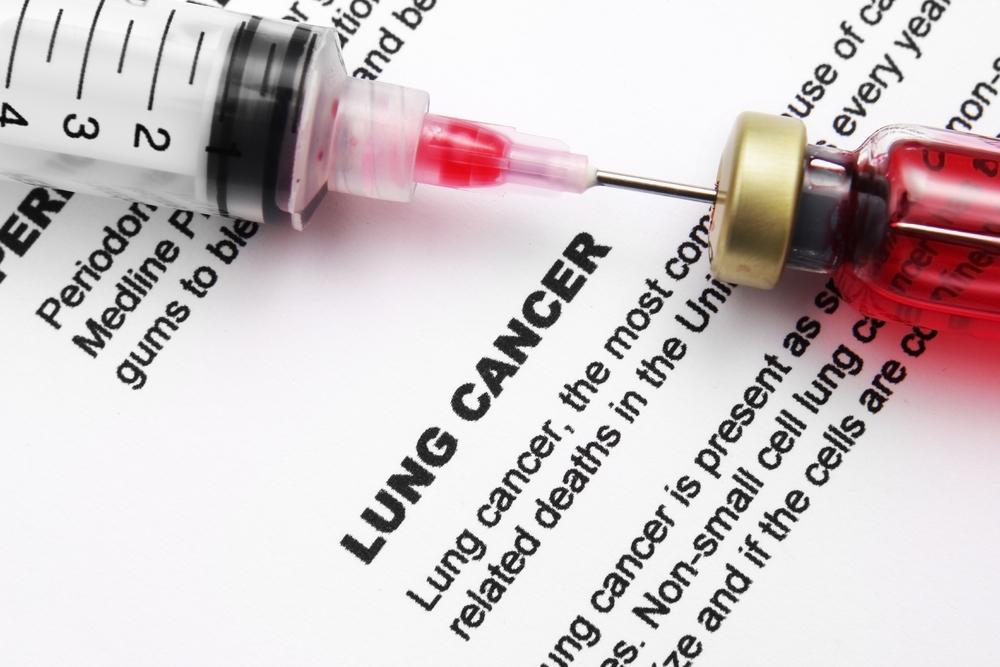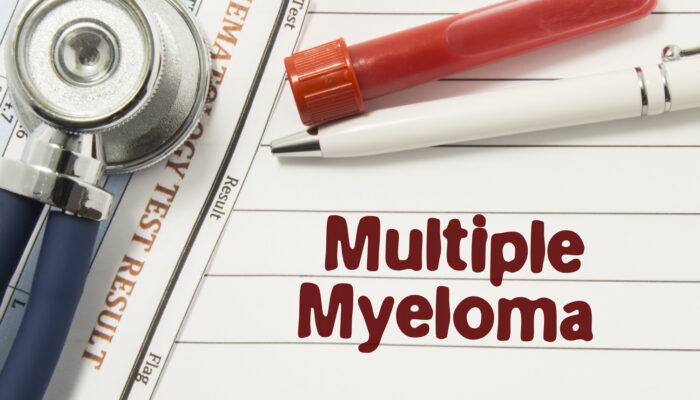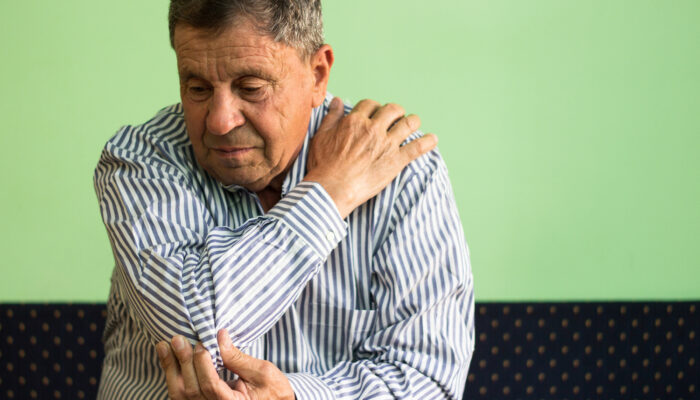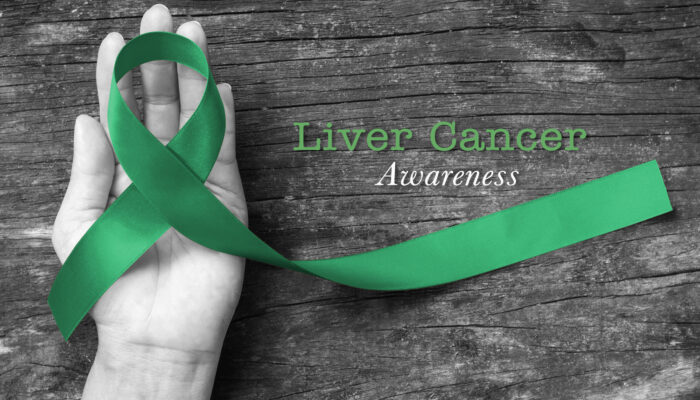
Lesser Known Lung Cancer Symptoms
Lung cancer is one of the more common types of cancers for both men and women. It is the uncontrolled growth of many abnormal cells in the lungs, with one or both lungs. Adenocarcinoma is the most common type. Normal lung function is not carried out by the abnormal lung cells, and they can not develop into healthy lung tissue. The symptoms of the disease may not be noticeable until the late stages, and include coughing that gets worse, loss of appetite, hoarseness, shortness of breath, and wheezing.
Some symptoms of lung cancer are not as well known, and could go undetected:
1. Upper back and shoulder pain
These symptoms could easily be attributed to other illnesses and not lung cancer. The shoulder pain could be the result of pressure from a tumor in the phrenic nerve inside the lung, or the spread of the cancer to bones near the shoulder joint.
2. The development of breast in men
This is one of the paraneoplastic syndromes known as gynecomastia. This is part of a group of symptoms that can occur in parts of the body that have not been affected by cancer spread. This could lead to an early diagnosis once all other potential causes have been investigated.
3. Fatter fingertips and clubbing
Lung tumors make chemicals that are hormone-like. This pushes fluid and blood to the tissues of the fingertips causing them to look larger and thicker than normal. The skin may look shiny, or the nails may be curved when viewed from the side. This finger clubbing is not common, but strongly linked to small-cell lung cancer, or large cell carcinoma which are two other types of lung cancer.
4. Belly aches
At least two people out of ten who have cancer will develop a high level of calcium. If there is too much calcium in the blood it can cause aches in the stomach, constipation, and queasiness. It can also cause a loss of appetite and thirst. Another hormone like substance will cause stomach cramps, and problems with the kidneys.
5. Issues with mental health
It has been found that people who have visited a mental health professional for depression, or anxiety, are more likely to have a diagnosis of small-cell lung cancer. This could be due to the way the cancer affects the hormones or immune system, or because it spreads to the brain.
6. Eye problems
The Pancoast tumors are known to affect the nerves in the eyes, and some parts of the face. This includes symptoms of a small pupil with a droopy eyelid in one of the eyes. The ability to sweat on one side of the face is also symptomatic of cancer.
The other type of cancer is squamous cell cancer that is developed in the flat cells that cover the top of the airways. As with the other types of cancer, it is not usually detected until the later stages, and could have some of the lesser known symptoms which will make it go undetected for a period of time. Any signs of health problems no matter how insignificant should be reported to a physician. Lung cancer can be detected and diagnosed early if even the slightest of symptoms are given some attention.



